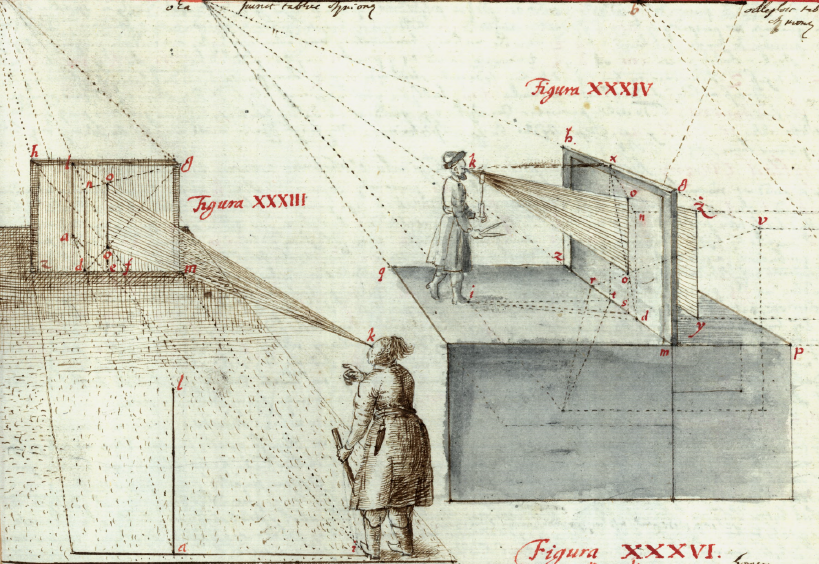The N-Psalter: analysis of manuscript fragments from Bibliotheca Meienreisiana

The aim of this project is to conduct a comprehensive analysis of a fragmented eleventh-century psalter in Latin with a continuous gloss in Old English, known as the N-Psalter. Until recently, four parchment fragments have been identified as membra disiecta coming from this codex: two strips from Pembroke College, Cambridge (currently held at the University Library), a fragment from a bifolium in the Municipal Library in Haarlem, Holland, and an incomplete leaf from a Schlossmuseum in Sondershausen, Germany. All of these fragments were removed from unknown books with no documentation of the process. In 2020/21, two more fragments from the same medieval source were found in Cyprian Norwid Library in Elbląg (Poland). The new finds were used as endleaf guards (binding support) in a volume from the collection of Samuel Meienreis – a sixteenth-century Calvinist scholar, theologian and preacher from Royal Prussia, the Kingdom of Poland. This is an important addition to the Polish archival resources, since there are virtually no manuscripts or even manuscript fragments containing Old English in Polish repositories. It is also a remarkable addition to the modest corpus of the N-Psalter fragments, not in the least due to new linguistic and textual input. The new fragments also shed light on the provenance of the re-used bifolios from the fragmented psalter and provide important material for comparative studies.
Recently, eight more fragments have been found in yet another volume from Bibliotheca Meienreisiana. Preliminary analysis of the new fragments and the volume in which they were found shows new type of evidence crucial for the reconstruction of the incomplete leaves and the psalter’s history. Given that Meienreis’ collection was dispersed after World War II (only 123 volumes out of 263 have been traced in Poland and abroad, so far), the possibility that new material may yet come to light is potentially open.
Currently, we continue comparative analysis of palaeographical, codicological, linguistic and material evidence of the extant fragments set within a broader context of early medieval psalter tradition in England. Although each fragment contains only a fraction of data, cumulatively they provide a considerable body of evidence for the reconstruction of various formal parameters, including the size of the volume, its contents and layout, and possibly also the actual use to which the manuscript was put in the medieval period (e.g. didactic, liturgical, private).
Furthermore, new clues pertaining to the manuscript history in early modern times, found in Meienreis’ volumes, encourage systematic search in the remaining repositories in which the other fragments had been found. To that end, some inquiry has already been set up in the libraries in the Netherlands and Germany. To complement this part of the project, we plan to conduct similar research in Cambridge, too.
The Elbląg fragments have been subject to non-invasive physical and chemical analysis which has partially confirmed the results of palaeographical and linguistic research. Most relevant to supporting the hypothesis of the eleventh-century origin of the fragments were the results of lead isotope analyses, which reflected the composition of red lead pigment from the script. This is also an ongoing part of the project.
The main objective of the project is not only to gather as much information as possible on the dismembered N-Psalter but also to use this case to work out effective methodology for analysing dispersed manuscript fragments, in general, and reconstructing the missing data with the help of traditional and digital tools.
We are planning to set up a shared database of all the extant fragments via Fragmentarium (https://fragmentarium.ms/).
The project is carried out in collaboration with the Library of C. Norwid in Elbląg and with specialists from the Conservation Studio of the Historical Collections Department of the Elbląg Library, the Department of Conservation and Restoration of Paper and Leather, the Department of Technology and Techniques of Fine Arts of the Faculty of Fine Arts of the Nicolaus Copernicus University in Toruń, the Faculty of Physics, Astronomy and Applied Computer Science of the Nicolaus Copernicus University in Toruń, the Biological and Chemical Sciences Center of the University of Warsaw, the ERIHS-pl consortium and the Center for the Study of Manuscript Cultures of the University of Hamburg.
The results of our analysis, so far, can be found in the following papers:
1. Monika Opalińska, Paulina Pludra-Żuk, Ewa Chlebus,’The Eleventh-Century ‘N’ Psalter from England: New Pieces of the Puzzle’, The Review of English Studies, Volume 74, Issue 314, April 2023, Pages 203–221, https://doi.org/10.1093/res/hgac081.
2. Monika Opalińska, ‘Samuel Meienreis and His Books From Leiden: Tracing the Provenance of the N-Psalter Fragments’, Annals of Arts, Vol. 72 No. 5, 2024, Modern Languages: Special Issue PSALMICA 1, Pages 133-160, https://doi.org/10.18290/rh24725.7s.
3. Monika Opalińska, ‘Tropem XI-wiecznego psałterza: fragmenty angielskiego rękopisu w księgozbiorze elbląskiego erudyty’, In: Monika Jakubek-Raczkowska i Marta Czyżak (eds.), Codices et Fragmenta. Średniowieczny kodeks rękopiśmienny w aspekcie historycznego trwania. Wydawnictwo Naukowe Uniwersytetu Mikołaja Kopernika, Pages 117-130.
See also:
Fragments of a medieval psalter in Elbląg and Alkmaar
Project supervisor: Monika Opalińska
Conservation supervision: Dorota Jutrzenka-Supryn
Project members: Barbara Wagner, Piotr Targowski, Paulina Pludra-Żuk, Ewa Chlebus, Grażyna Żukowska, Magdalena Kowalska, Jakub Karasiński
